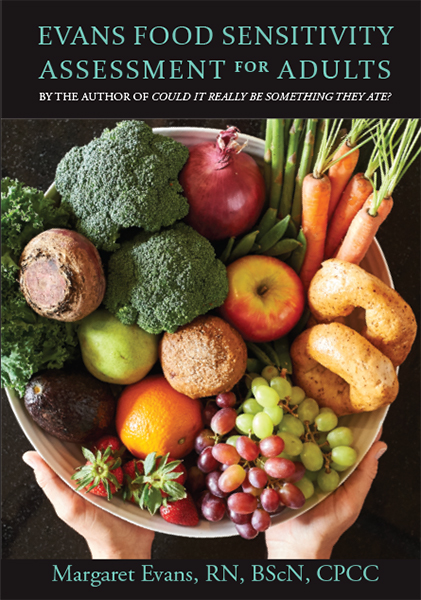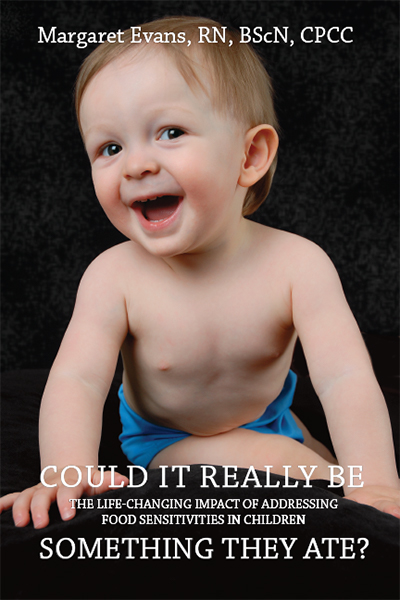Food Intolerance – The Main Cause of Food Reactions
I have been writing articles and speaking for many years on the difference between a food allergy and a food intolerance. Although it has been over 30 years since I first learned the difference and used this information to transform the health of our own kids, the topic continues to be poorly understood. My book, COULD IT REALLY BE SOMETHING THEY ATE? The Life Changing Impact of Addressing Food Sensitivities in Children has a full chapter of explanation.
A food allergy is responsible for approximately 8% of children’s reactions to food and has the following characteristics:
- The body’s immune system is involved and histamine is produced. This is responsible for the inflammation that occurs.
- Taking an antihistamine usually results in symptom relief.
- Most reactions are almost immediate and are predictable with each exposure to the offending food.
- Reactions are usually not related to the amount of the food consumed and even a very small amount of substance on a child’s hands or lips can result in a reaction.
- There are skin and blood tests that can be used to help identify the offending food.
A food intolerance does not involve the immune system and is related to the amount of inflammation in the bowel as well as the balance of healthy and unhealthy bacteria. The wall of the digestive tract becomes leaky and food particles are absorbed through the wall into the body while they are too large. The body then develops a reaction to these particles.
The characteristics of a food intolerance are:
- They may take 24 or even 48 hours to produce symptoms.
- No histamine is produced so taking an antihistamine does not improve symptoms.
- Reactions can be related to the amount of the food that is eaten, the overall health of the individual, the number of poorly tolerated foods eaten together and the general stresses in the person’s life. Because of this, reactions to a certain food may appear unpredictable and be very difficult to identify.
- Symptoms can occur in any part of the body and these symptoms morph and change as a child grows. Infant symptoms such as colic and ear infections can disappear but are replaced by other symptoms such as ADD, asthma, and eczema in the school age years, migraines, and acne in a teenager and depression, fibromyalgia, decreased fertility and autoimmune disease in adulthood.
- There are no accurate tests to determine the offending foods. The current trend to use IgG testing is not reliable and the only accurate way to determine the offending trigger food is through the use of a comprehensive history and symptom list such as is contained in my book.
The distinction between a food allergy and a food intolerance is important. If a child is tested for a food with the traditional allergy methods, the results are almost always negative and the parents are told to reintroduce the food. If the child has a food intolerance, this can increase the intestinal inflammation and begin a long and difficult road of increasing symptoms.




